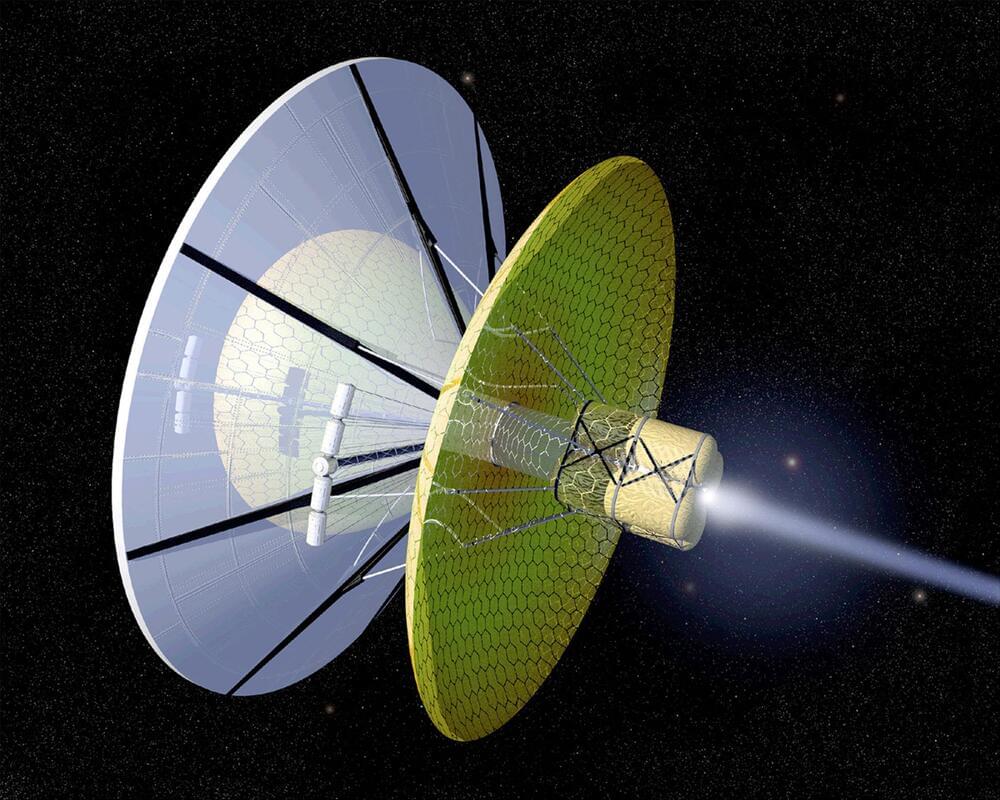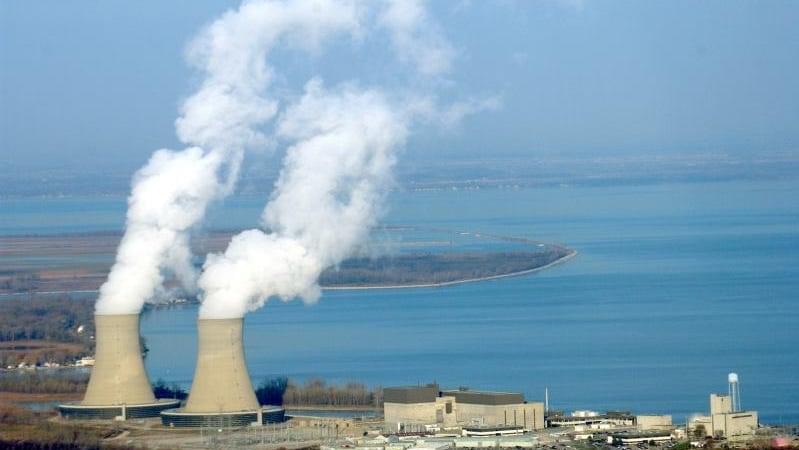(betavoltaic cell or betavoltaic battery) is a type of nuclear battery which generates electric current from beta particles (electrons) emitted from a radioactive source, using semiconductor junctions. A common source used is the hydrogen isotope tritium. Unlike most nuclear power sources which use nuclear radiation to generate heat which then is used to generate electricity, betavoltaic devices use a non-thermal conversion process, converting the electron-hole pairs produced by the ionization trail of beta particles traversing a semiconductor.[1]
Betavoltaic power sources (and the related technology of alphavoltaic power sources[2]) are particularly well-suited to low-power electrical applications where long life of the energy source is needed, such as implantable medical devices or military and space applications.[1].






